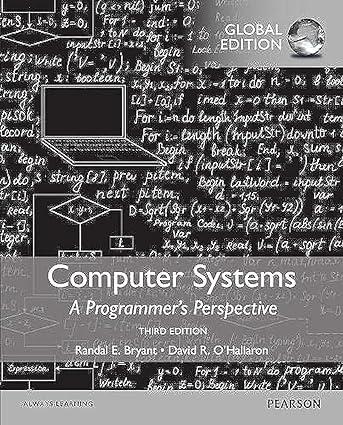As we have seen, a potential drawback of SSDs is that the underlying flash memory can wear
Question:
As we have seen, a potential drawback of SSDs is that the underlying flash memory can wear out. For example, for the SSD in Figure 6.14, Intel guarantees about 128 petabytes (128 × 1015 bytes) of writes before the drive wears out. Given this assumption, estimate the lifetime (in years) of this SSD for the following workloads:
A. Worst case for sequential writes: The SSD is written to continuously at a rate of 470 MB/s (the average sequential write throughput of the device).
B. Worst case for random writes: The SSD is written to continuously at a rate of 303 MB/s (the average random write throughput of the device).
C. Average case: The SSD is written to at a rate of 20 GB/day (the average daily write rate assumed by some computer manufacturers in their mobile computer workload simulations).
Figure 6.14

Step by Step Answer:

Computer Systems A Programmers Perspective
ISBN: 9781292101767
3rd Global Edition
Authors: Randal E. Bryant, David R. O'Hallaron





